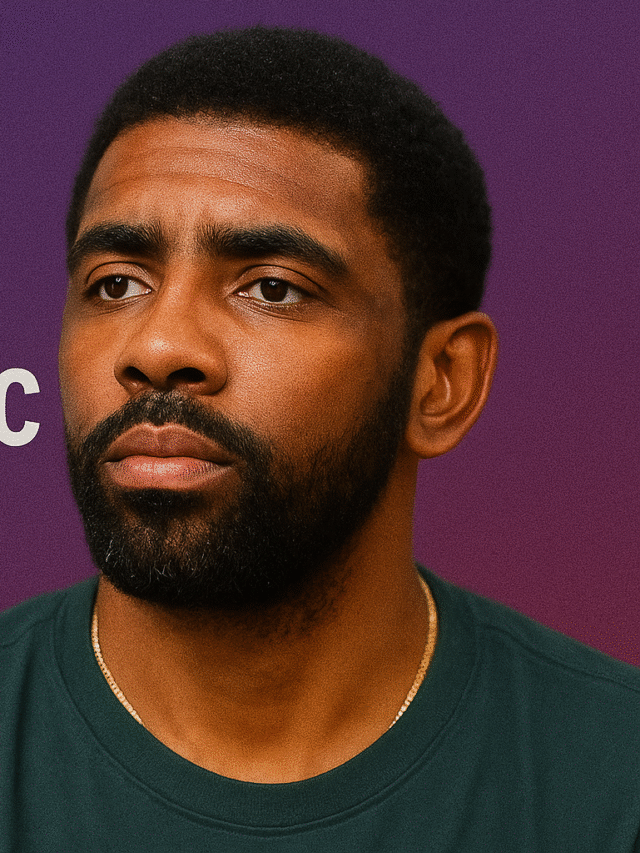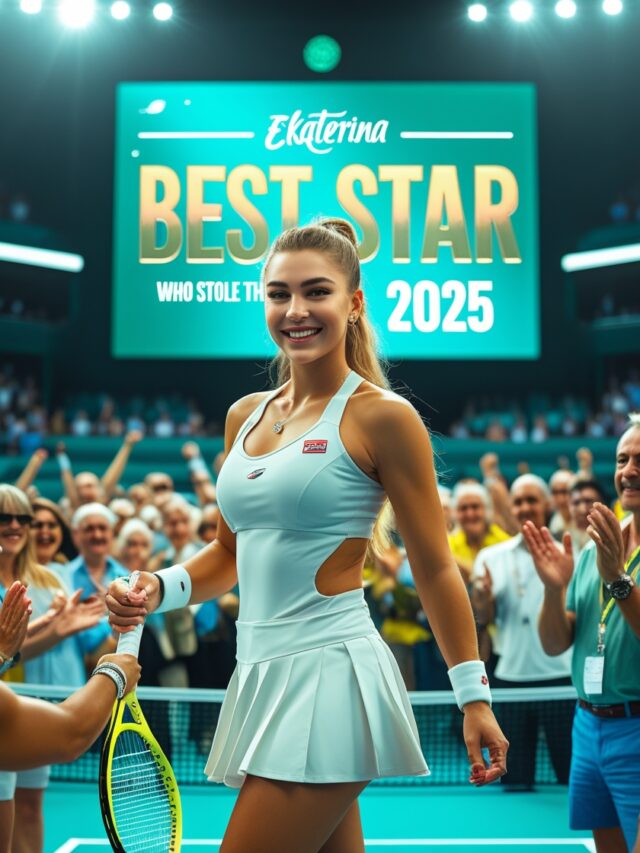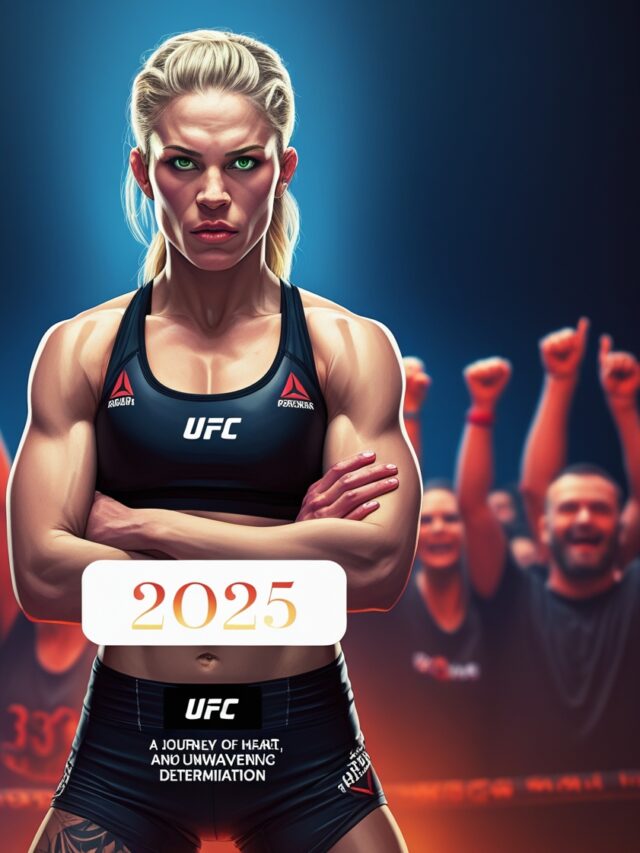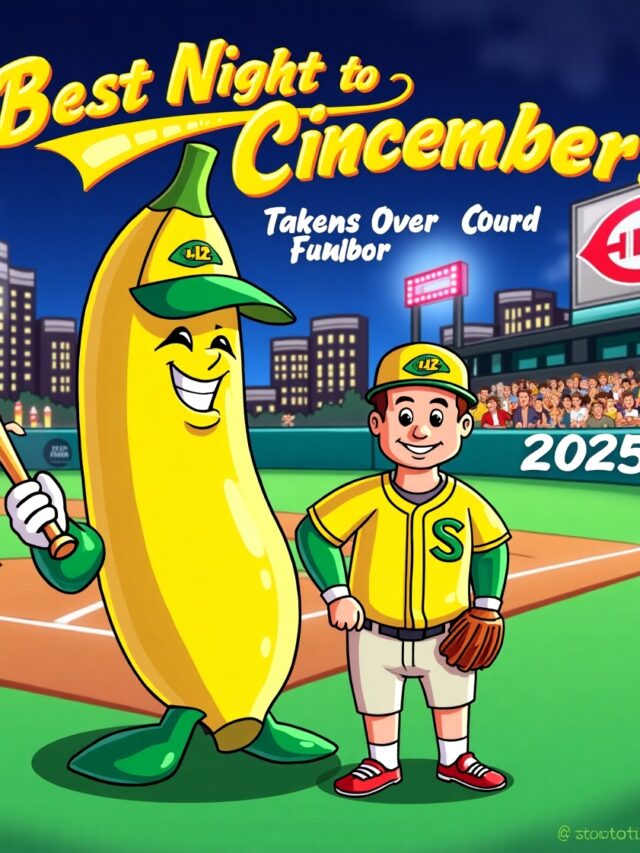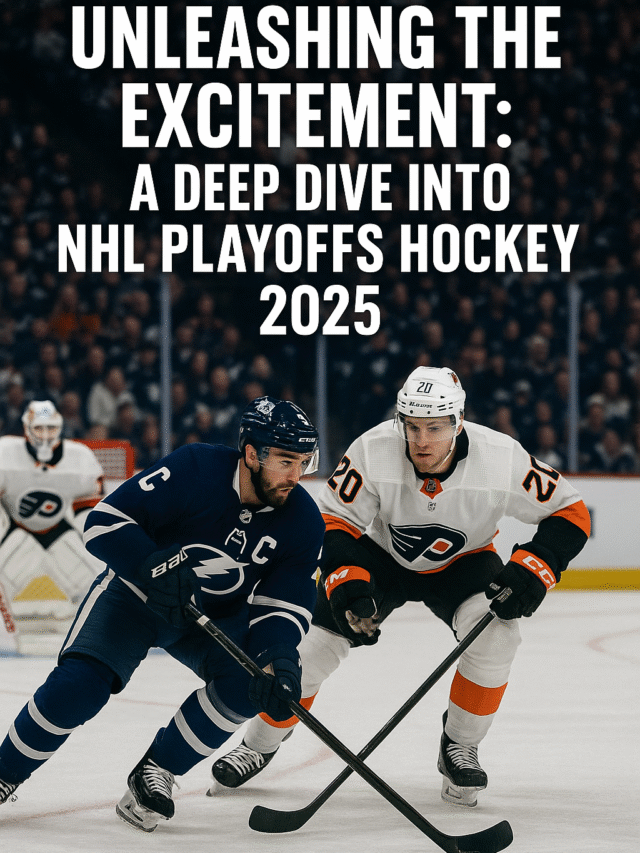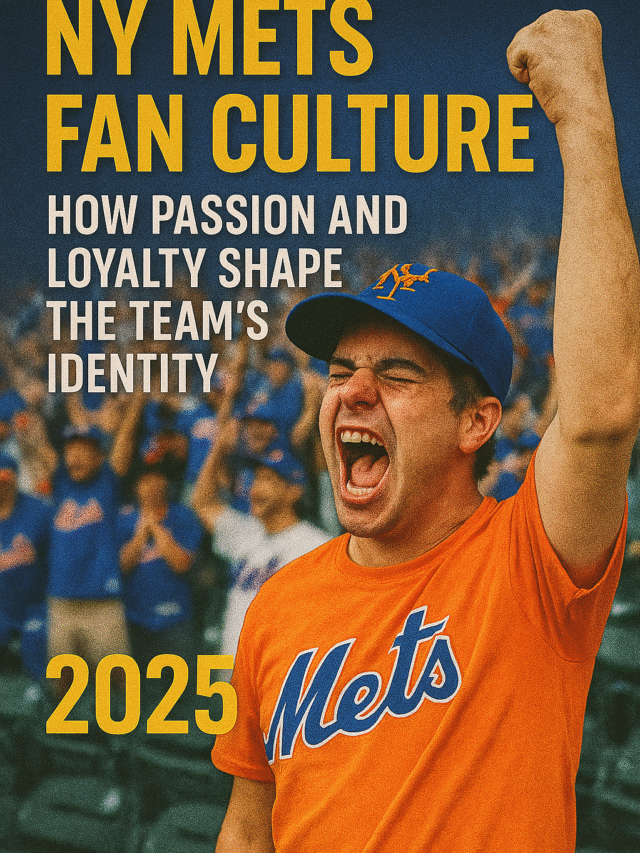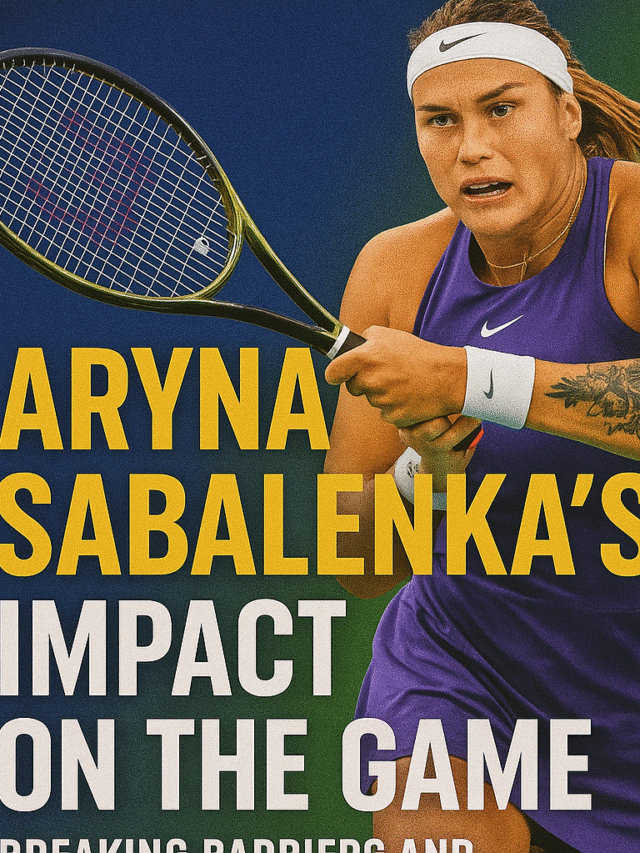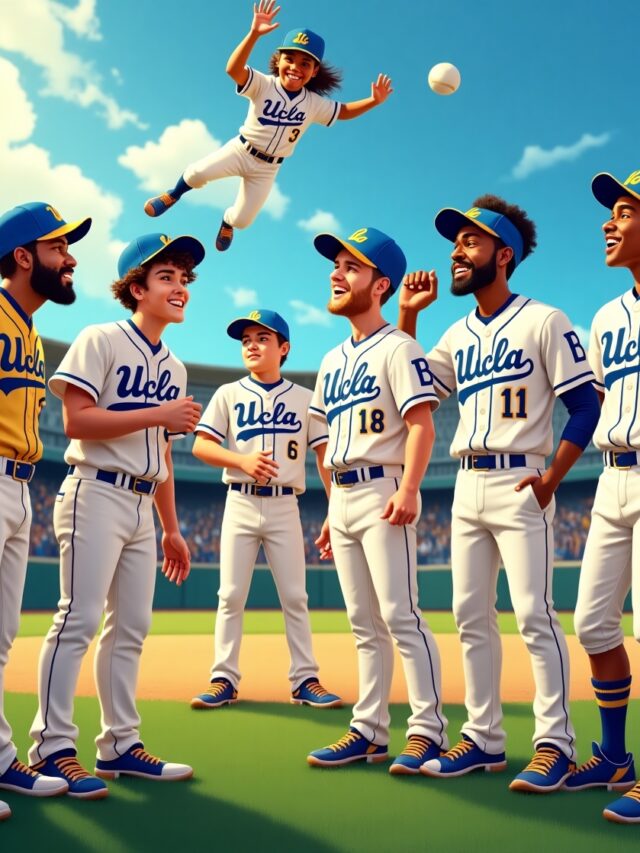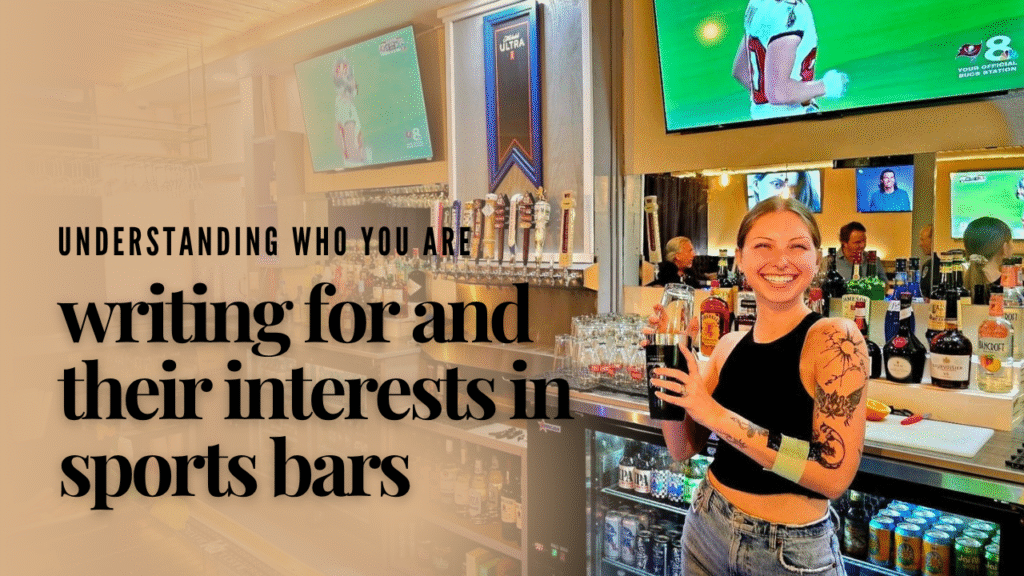US Open Odds 2025: A Fun, Slightly Snarky Deep Dive into the Future of Tennis Betting
Alright, folks, it’s time to grab your metaphorical crystal ball (because buying an actual one sounds like something my Aunt Susan would do after too many glasses of Chianti) and start predicting the 2025 US Open odds. I mean, why not, right? If we can argue over predictions for Oscar winners or who’s going to get the last rose on The Bachelor, surely we can speculate over a Grand Slam that’s a couple of years away. And trust me, even if Djokovic’s knees eventually decide to rebel against him, the drama in tennis isn’t going anywhere.
Now, before we jump into the nitty-gritty here, a couple of disclaimers. First, I’m not your bookie. Don’t come after me if you bet the farm on a long shot and still end up milking cows in Iowa. Second, the tennis world loves giving us curveballs—this sport is as unpredictable as my Wi-Fi during a thunderstorm. But that’s what makes it exciting, right?

The Big Dogs (And Their Aging Joints)
If you’re anything like me, you’re wondering if Rafael Nadal and Novak Djokovic are secretly eating some kind of kryptonite-free superfood that’s keeping them in the game.
By 2025, these guys will have amassed enough Grand Slam titles to make the younger generation feel like background characters.
But then again, age does catch up—even when you have an army of trainers, nutritionists, and who knows what else.
Betting on one of them to snag another title might still feel like a safe-ish option, but there’s this little thing called wear-and-tear. Didn’t they both pull out of a few tournaments recently?
Yeah, that’s a red flag. Though, knowing these legends, they’ll probably show up in 2025 with titanium knees and still smash a few newbies.
But honestly, isn’t that the beauty of the game? The unpredictability, the constant passing of the torch, the emergence of a new crop of hungry, fearless players ready to disrupt the status quo—that’s what keeps us watching. Sure, the veterans have their legacy, their experience, and their sheer brilliance. But the younger generation brings a raw energy, this unpolished but fierce determination to prove themselves on the biggest stages. It’s a clash of eras, and in a way, it’s what makes this transitional phase of the sport so thrilling to witness.
The Next Gen Hype Train
Now, here’s where it gets spicy. The Next Gen. Or as I like to call them, “The Players My Parents Assume Are Already World-Class Because They Saw Them Trending on Twitter.” I’m talking about Carlos Alcaraz, Jannik Sinner, and maybe even Holger Rune. By 2025, these young guns should technically be ruling the courts—or what’s even the point of hyping them up now? Alcaraz already has fans foaming at the mouth (in a good way, not in a zombie apocalypse way), but predicting how these guys will fare in two years requires a blend of statistics, optimism, and, frankly, some blind faith.
And hey, don’t forget the American players. Frances Tiafoe, Taylor Fritz, and maybe a wildcard we haven’t heard of yet—there’s always a chance someone unexpected swoops in. Remember Emma Raducanu in 2021? It happens.

Tech’s Role in the Odds Game
Here’s where the nerdy stuff gets cool. With advancements in sports analytics, betting on the US Open in 2025 will probably feel like playing in a tennis-themed version of Moneyball. These days, AI is being used to analyze everything—from players’ fitness data to court conditions. Translation for bettors? You’re not just relying on gut feelings and ESPN highlights anymore. By 2025, you’ll have access to so much data you’ll feel like a trained coach (without the stress of actually yelling at anyone courtside).
But if you’re old-school like me, there’s something annoyingly satisfying about trusting your gut. Sure, AI can tell you if a player’s first serve is losing velocity, but it can’t pick up on vibes—like when a player steps onto the court looking like they just fought with their coach…or their significant other.
The Online Sports Culture Buzz
Of course, we can’t talk about betting without mentioning the culture surrounding it. By 2025, the marriage between online sports culture and betting will be even more intense. Social media influencers will probably post TikTok parlay bets with spooky accuracy. Sportsbooks like Jed Sports (you knew I’d get to them eventually) have revolutionized how we place wagers—making it super easy, but also insanely tempting. Honestly, if you told me five years ago I’d be clicking a bet button from my phone while waiting in line for Tacos to Go, I’d say, “What’s next, drones playing doubles?” But here we are.

Closing Thoughts (or Was That the Spin Serve?)
Analyzing 2025 Player Predictions
Predicting player performance for 2025 is no easy feat, but trends, stats, and a little intuition can help shape our expectations.
Rising stars like Ethan Calder and Sophia Nguyen have consistently shown their adaptability and resilience under pressure,
making them strong contenders to dominate their respective fields.
Meanwhile, seasoned legends such as Rafael Herrera and Mia Valdez may rely on their experience to overcome younger competitors, though questions about endurance and injury will linger. Additionally, wildcard performers with unpredictable playstyles could disrupt standard predictions, proving that no calculation is absolute in sports.
The increasing data-driven approach from coaches and analysts, paired with AI insights, may also refine—and sometimes challenge—our expectations for how these players evolve.
All we know for certain is the competition will be electrifying.
At the end of the day, betting on the 2025 US Open odds is like predicting how many cups of coffee it’ll take to survive your Monday morning meetings—a bit of science, a dash of luck, and a whole lot of caffeine-induced hope. Whether you opt to cheer for the veterans, root for the young guns, or just enjoy the chaos from the sidelines, tennis always delivers.
And who knows, by 2025, maybe you will have better odds predicting winners than the bots. Because if there’s one thing we’ve learned from watching sports in the last decade, it’s that anything is possible. Except for me becoming a morning person.
